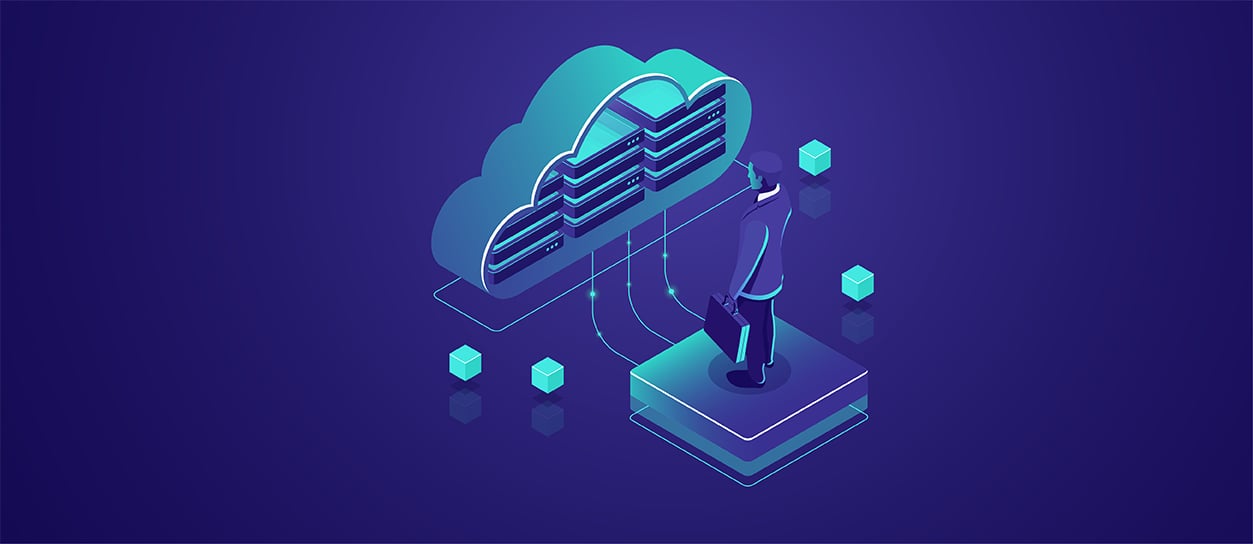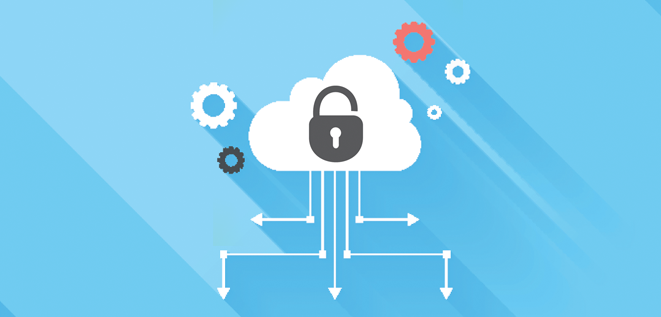What is Cloud Encryption?
In recent years, online data privacy has become one of the most talked-about issues in information technology. Due to the continuous data flow from analog to digital devices and applications, our data is more sensitive to threats and vulnerabilities. Without the risk of losing tangible, portable media devices, the cloud allows you to access your data from anywhere with an Internet connection. Although several cloud solutions are free, they don’t always include advanced security features like data encryption. So, what is cloud encryption, exactly?
What is Cloud Encryption?
Cloud encryption is a data security process in which plaintext data is encoded into unreadable ciphertext to help keep it secure in or between cloud environments. It is one of the most effective ways to uphold data privacy as well as protect cloud data in transit or at rest against cyberattacks. Anywhere, anytime access to apps and data is a key advantage of the cloud, but such ubiquitous access – often too sensitive data – requires strong data protection, of which cloud encryption is a crucial part.
How does it work?
Cloud encryption platforms encrypt data when it is transmitted to and from cloud-based applications and storage, as well as to authorized users in different locations. In addition, these tools encrypt data when it is stored on cloud-based storage devices. These measures prevent unauthorized users from being able to read data as it travels to and from the cloud or read files when they are saved to cloud storage. Storage vendors like Amazon Web Services (AWS), Dropbox, Microsoft Azure, and Google Cloud provide data-at-rest cloud encryption. The software handles encryption key exchanges and the encryption and decryption processes in the background, so users don’t need to take any additional steps beyond having proper authorization and authentication to access data.

Why is Cloud Encryption needed?
Cloud encryption is needed because its main aim is to secure and protect confidential information as it is transmitted through the Internet and other computer systems. The best way to evaluate an organization’s security and privacy status is through the CIA triad. This stands for Confidentiality, Integrity, and Availability.
Traditionally, the field of information technology only focuses on the availability of the data and its integrity. The IT does not give enough thought to data confidentiality. This is why cloud encryption should be used by any organization.
Moreover, encryption is not just used to protect data and its confidentiality. At its core, digital data is meant to be transmitted and encryption is needed to perform the transmission safely. Users want to ensure that their information is secure when transferred to another user and that the other user is who they intend to send the data to and not any malicious attackers.
The benefits of cloud encryption
Encryption is one of the primary defenses organizations can take to secure their data, intellectual property (IP), and other sensitive information, as well as their customer’s data. It also serves to address privacy and protection standards and regulations.
Benefits of cloud encryption include:
- Security: Encryption offers end-to-end protection of sensitive information, including customer data, while it is in motion or at rest across any device or between users
- Compliance: Data privacy and protection regulations and standards such as FIPS (Federal Information Processing Standards) and HIPPA (Health Insurance Portability and Accountability Act of 1996) require organizations to encrypt all sensitive customer data
- Integrity: While encrypted data can be altered or manipulated by malicious actors, such activity is relatively easy to detect by authorized users
- Reduced risk: In select cases, organizations may be exempt from disclosing a data breach if the data was encrypted, which significantly reduces the risk of both reputational harm and lawsuits or other legal action associated with a security event
What are the types of Cloud Encryption?
When working with a cloud provider, an organization must decide which level and type of cloud encryption they wish to use. These are the three main types of cloud data encryption:
- Data-at-rest encryption: This refers to the encryption of data once it is stored, ensuring that an attacker who gains access to the physical infrastructure or hardware cannot read the data or files. The encryption can be handled on either the cloud provider side (“server-side”), the client side, at the disk or file level (or some combination of the three). Server-side encryption is cloud storage encryption that occurs after the cloud service receives the data, but before the data is stored. Most cloud providers offer this option. Client-side encryption occurs before data is sent to a cloud application or cloud storage. The organization (or client) is responsible for encrypting and decrypting the data, maintaining direct control and management of encryption keys (although some cloud storage providers will offer this, too, as a service). Client-side encryption can enable companies to secure only their most sensitive data, which can keep costs down. Many companies use client-side encryption in addition to server-side encryption.
- Data-in-transit encryption: This is encryption that secures data when traveling from your organization’s computers to the cloud provider. The cloud provider’s server exchanges encryption files with the client company’s computers, creating a secure tunnel through which the data travels.
- Data-in-use encryption: This emerging type of encryption is designed to protect data as it is being used. While not yet widely adopted, approaches include “confidential computing,” which offers real-time encryption at the computer chip level, and “homomorphic encryption,” which employs an encryption algorithm that only allows certain kinds of computation to be performed on the data.

Encryption Methods in the Cloud
Cloud encryption systems use symmetric and asymmetric approaches to encrypt and decode data. These approaches, often known as encryption algorithms, are described below.
Symmetric Algorithms
Since symmetric algorithm cloud encryption employs the same keys for encryption and decoding, it’s perfect for ‘closed’ organizational systems.
- This method, also known as the secret key algorithm method, uses keys to secure all types of communication.
- This method is best for encrypting large amounts of data.
- The key advantages of this technique are its quick and simple hardware implementation and speedier encryption.
- Any employee with access to the secret key, on the other hand, can use that key to decrypt encrypted sensitive material, even if the data is not intended for them.
Asymmetric Algorithms
The asymmetric algorithm approach employs two keys, one private and the other, mathematically connected.
- In this system, keys are asymmetric, which means that while they are associated with each other, they are not identical.
- These private keys are only shared with relevant authorities via cloud encryption solutions using a secure communication channel.
Some challenges
One of the primary challenges associated with encryption as a whole is the simple fact that it’s underutilized, despite its proven effectiveness at bolstering data security. As more enterprises and SMBs demand greater security measures from cloud providers to improve compliance while maintaining efficiency, use is becoming more widespread.
Encryption drives costs for cloud storage providers (and ultimately their customers) due to the additional bandwidth required to encrypt data before it is transferred to the cloud. As a result, many providers limit their cloud encryption services while some cloud storage customers simply encrypt their own data on-premises before it is moved to the cloud. Some cloud customers will choose this approach regardless, as it can save costs while keeping the entire encryption process and all keys within their environment, transferring data to the cloud only after it has been encrypted.

Conclusion
As more organizations embrace the cloud, data encryption can provide the level of security required to protect sensitive information and meet regulatory requirements. Companies that take time to understand their own cloud encryption needs, research cloud provider approaches, and securely maintain their encryption keys can take full advantage of the benefits of the cloud while mitigating the risks of data breaches.